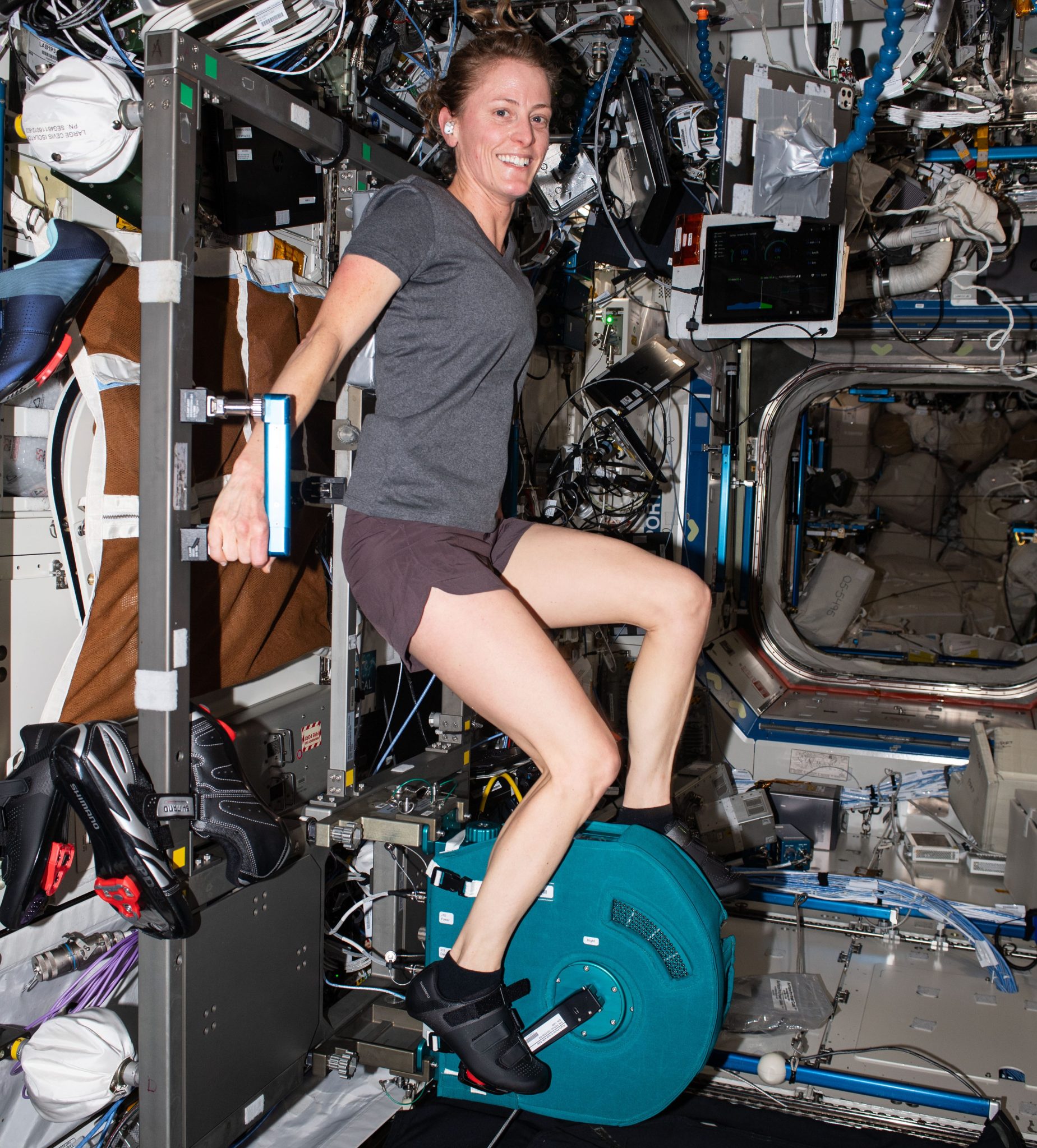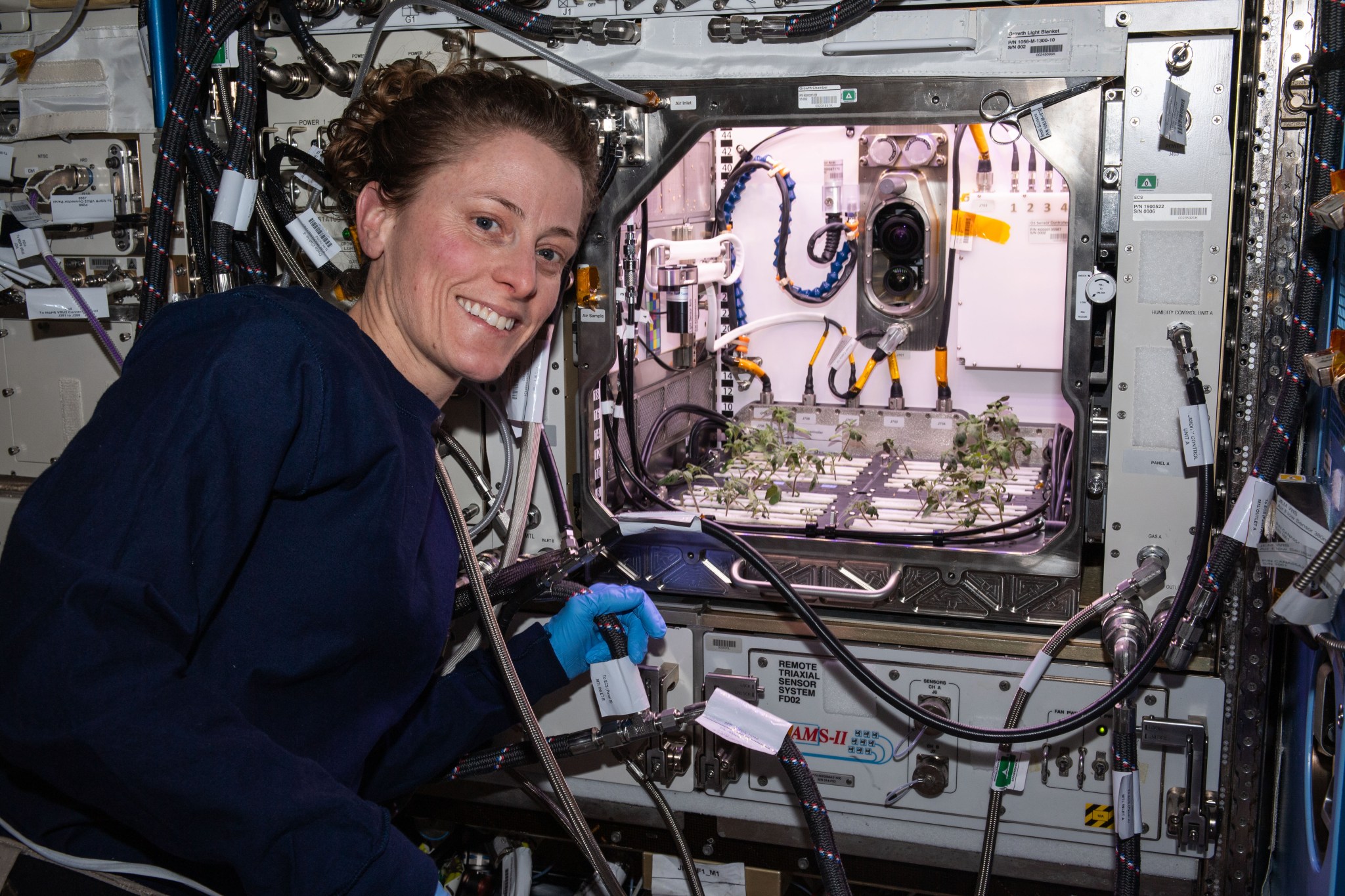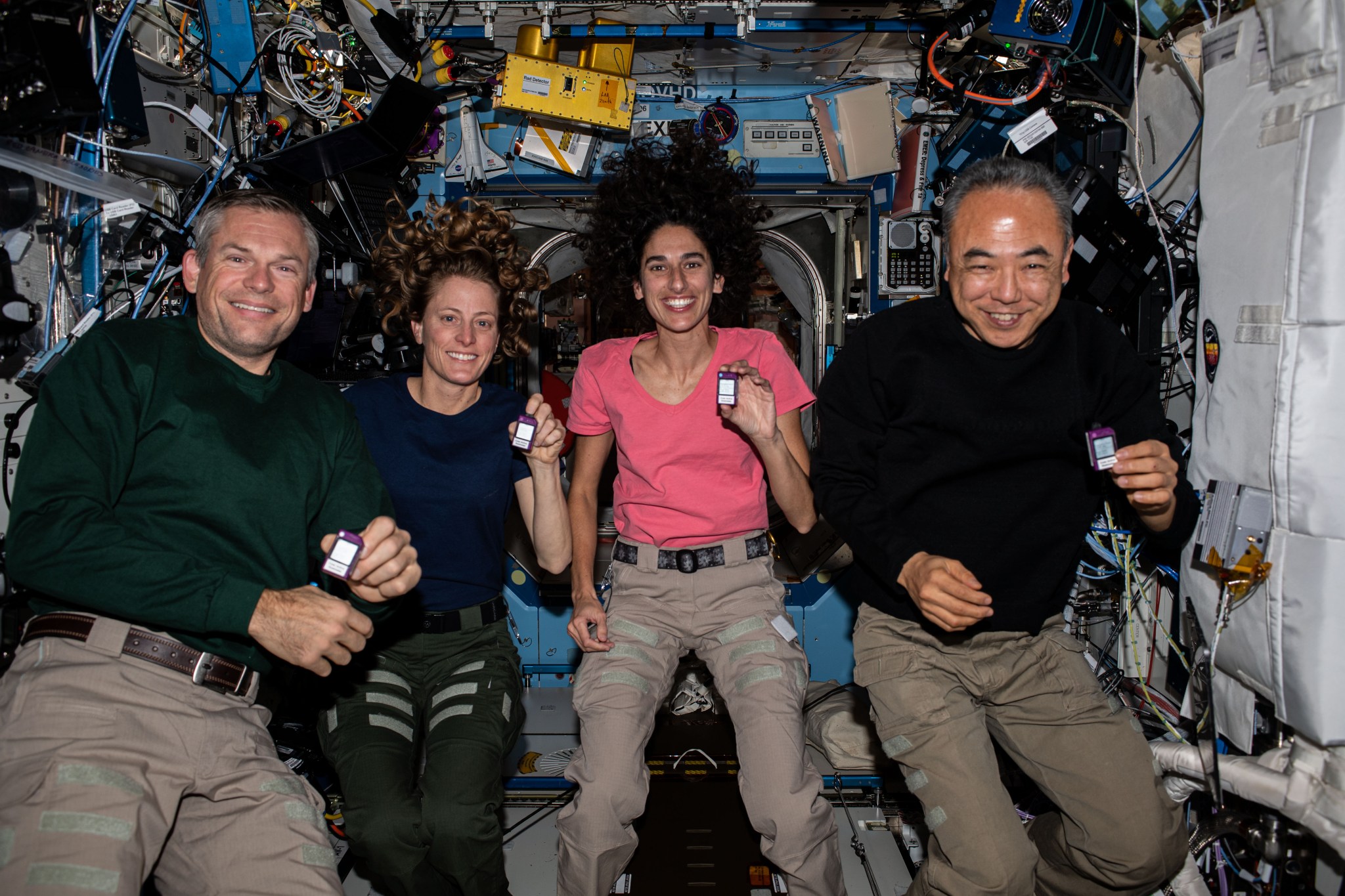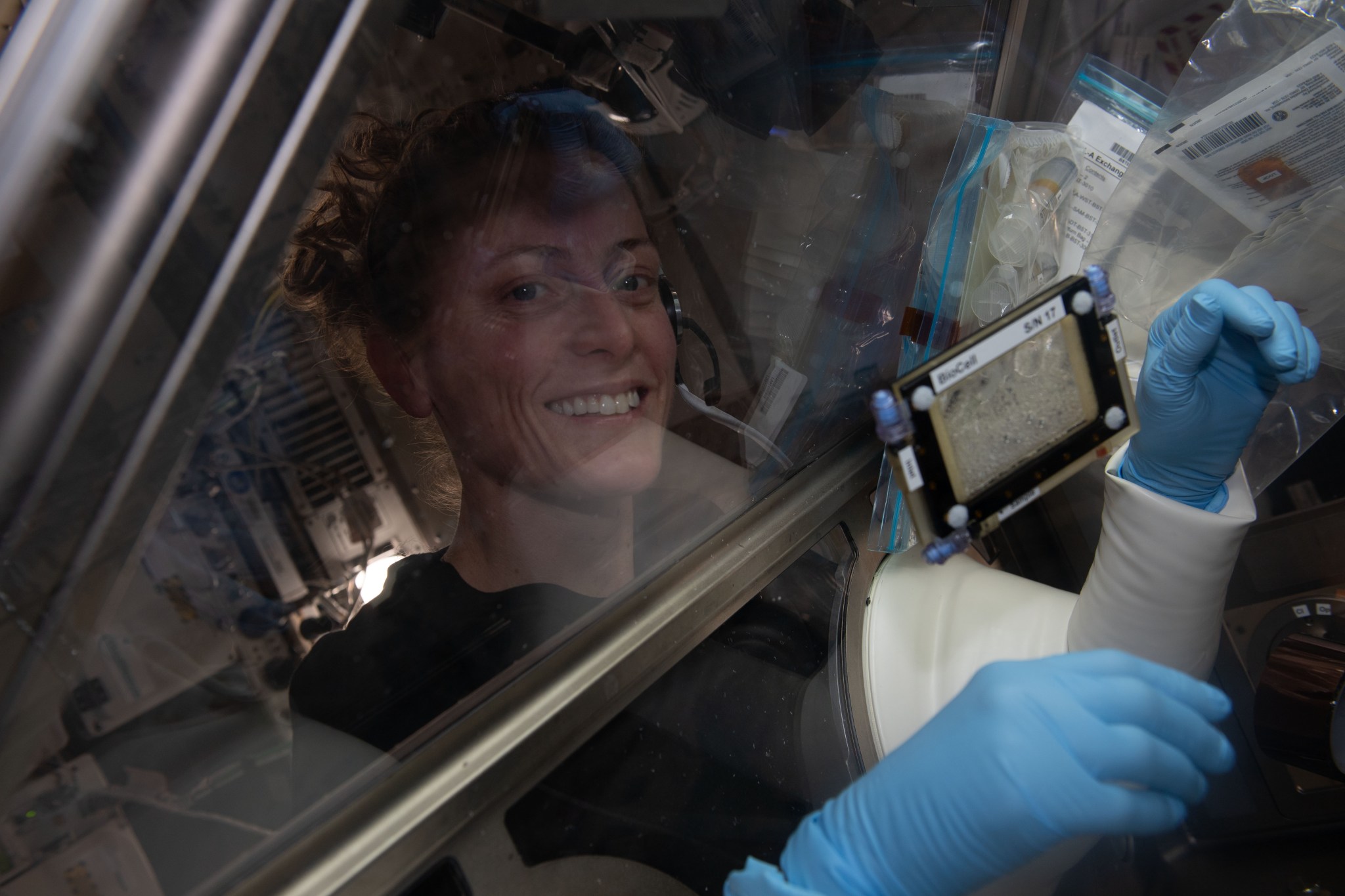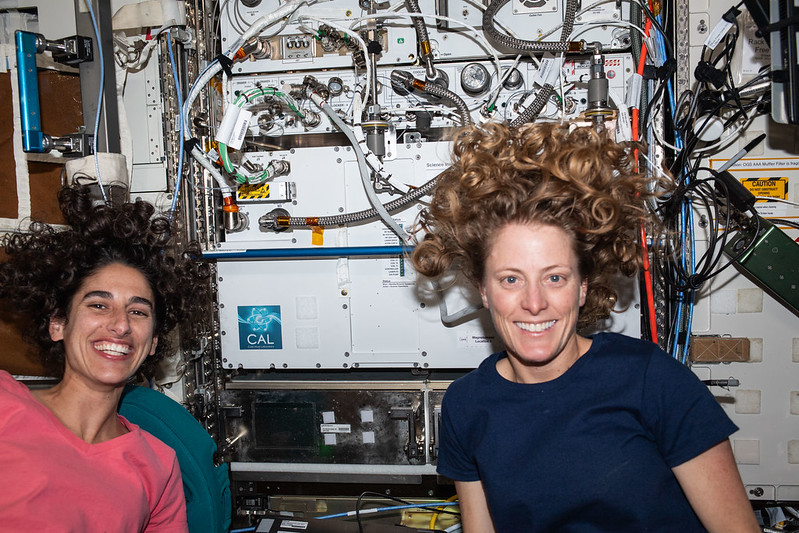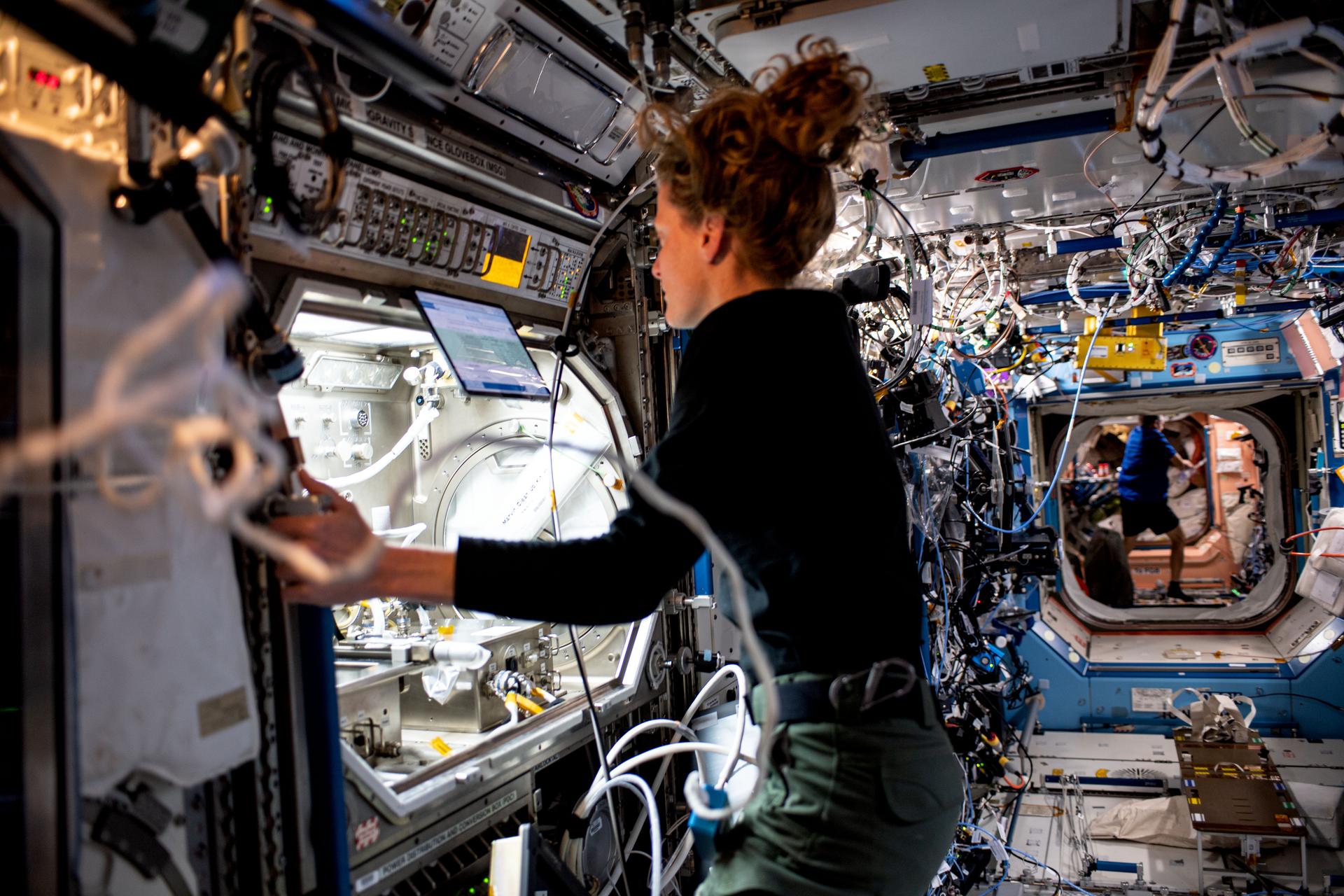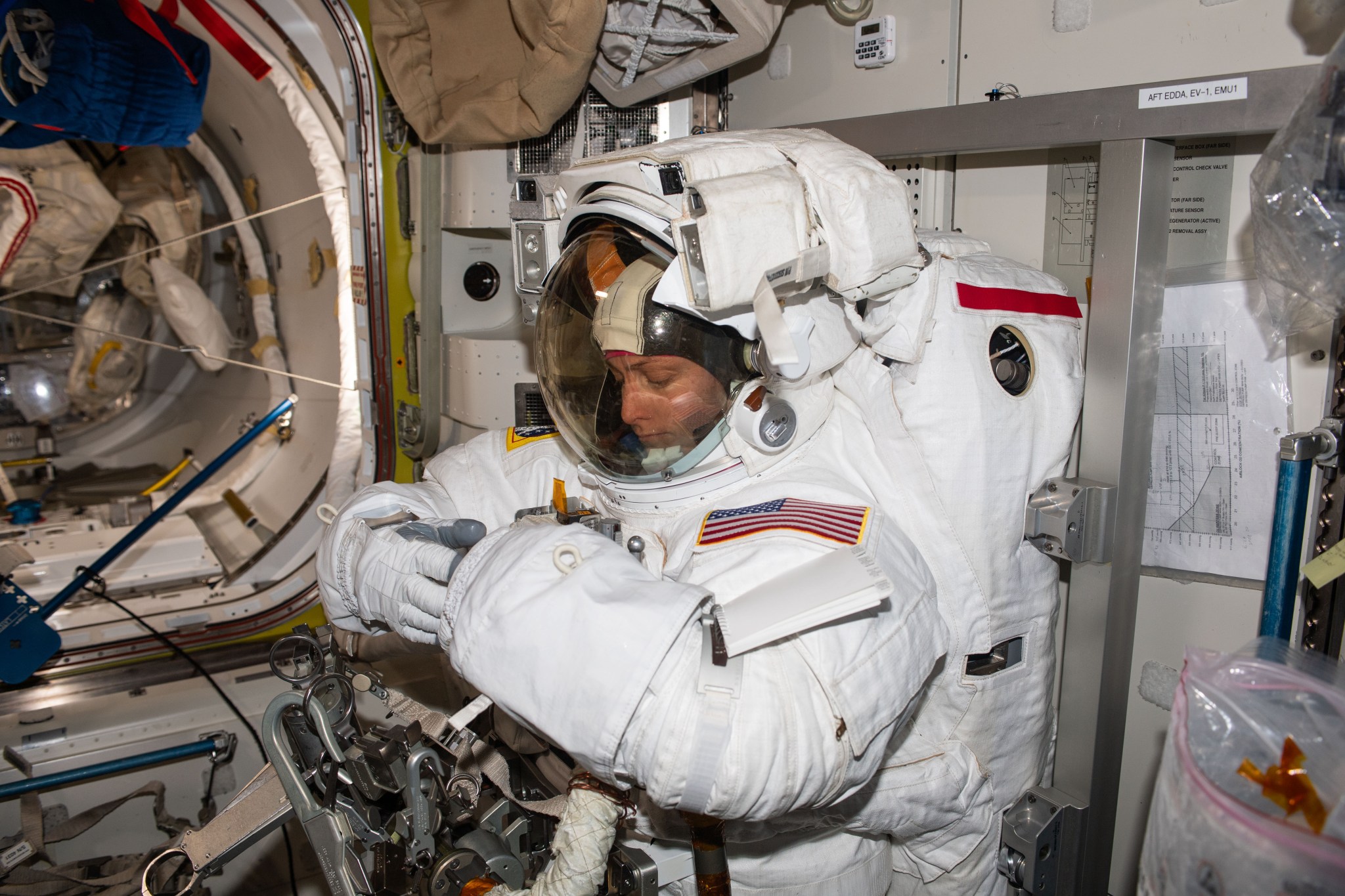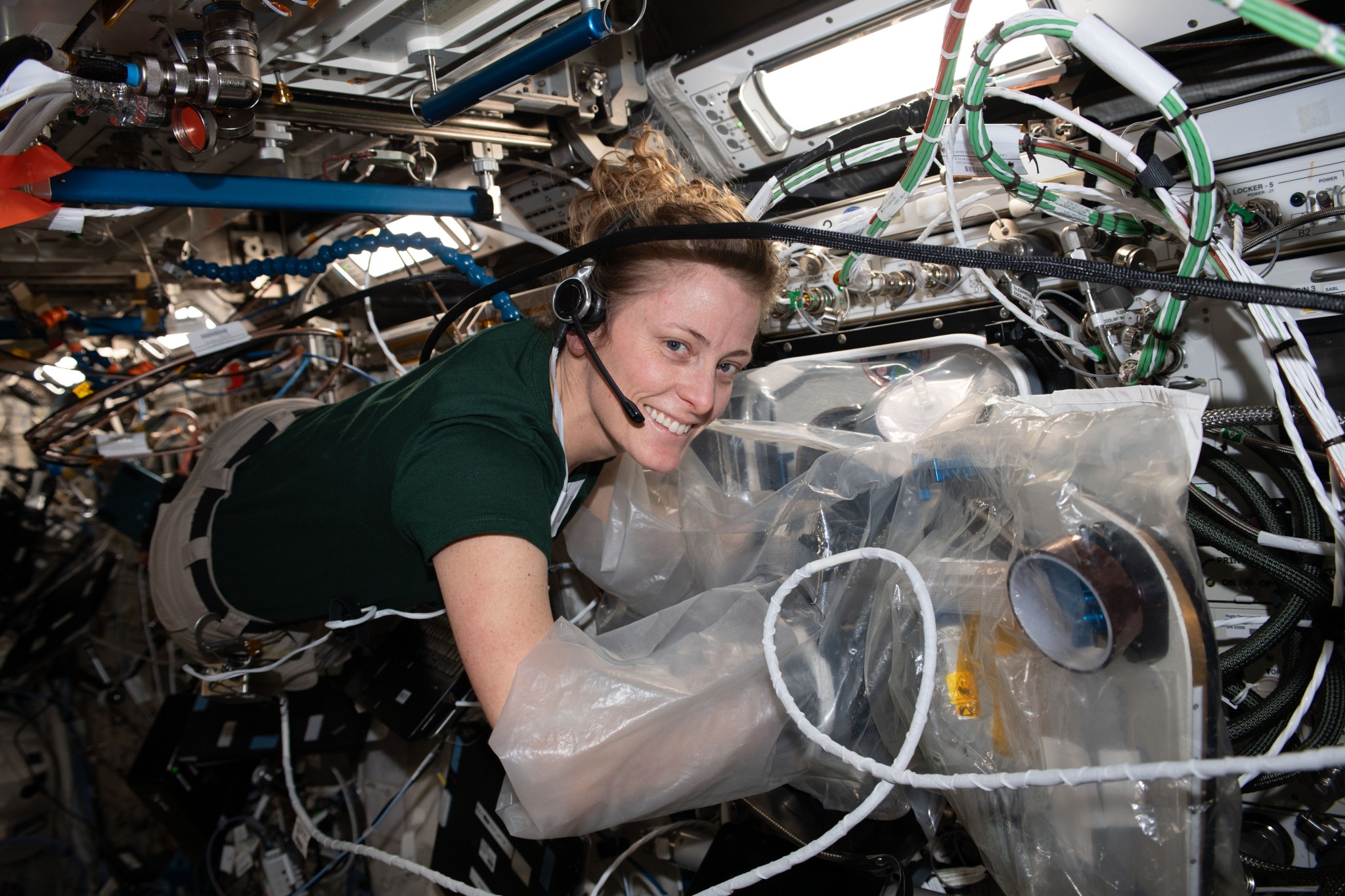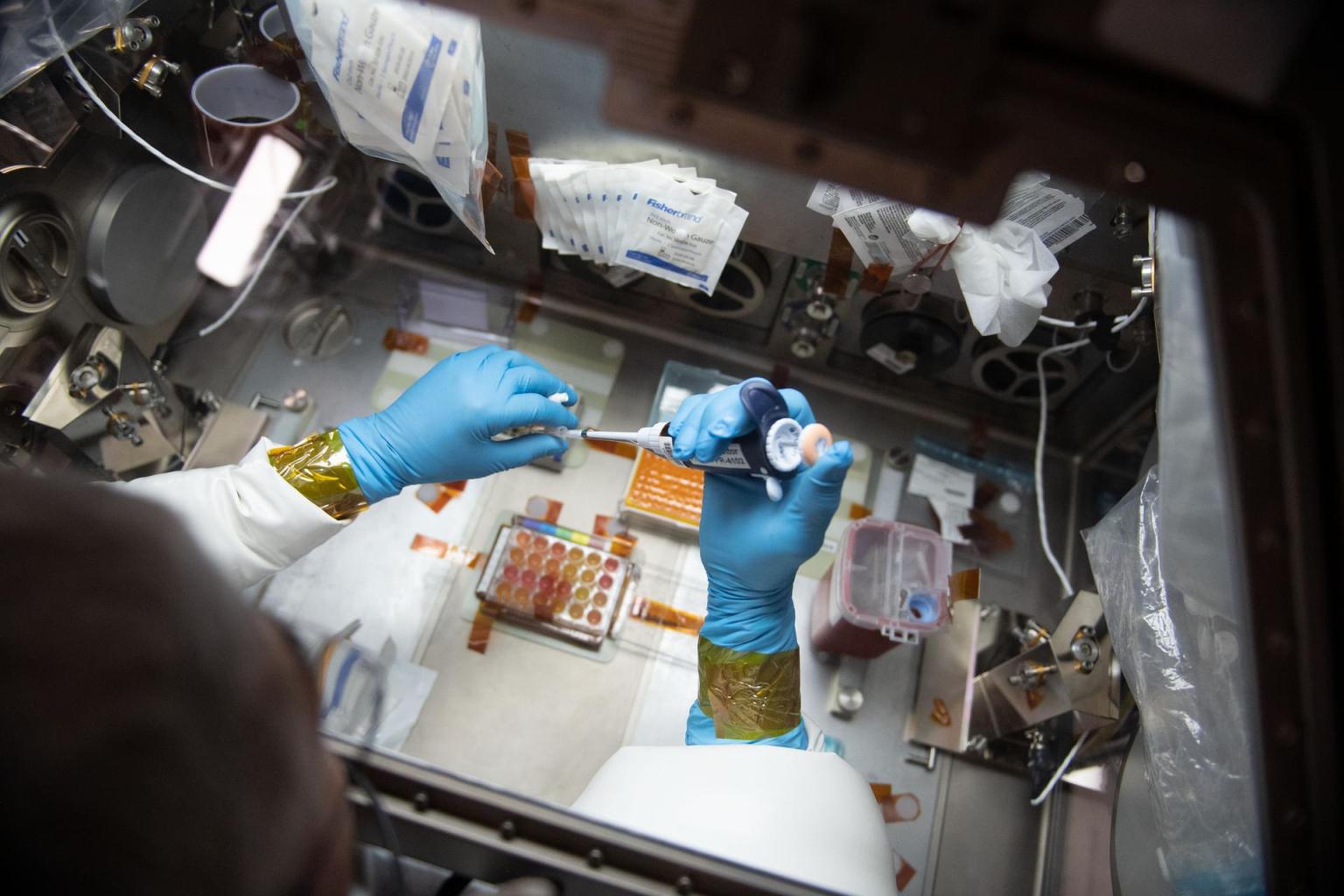NASA astronaut Loral O’Hara is returning home after six months aboard the International Space Station. During her time on the orbiting laboratory, O’Hara contributed to dozens of scientific investigations and technology demonstrations to prepare for future space exploration missions and generate innovations and benefits for humanity on Earth.
Here is a look at some of the scientific activities O’Hara conducted during her mission:
Biking for Better Health
NASA astronaut Loral O’Hara is among the first astronauts participating in the CIPHER (Complement of Integrated Protocols for Human Exploration Research on Varying Mission Durations) investigation. CIPHER examines physiological and psychological changes that humans undergo during spaceflight. One of the protocols measures changes in cardiorespiratory and muscle fitness during exercise. Collecting data from crew members on missions of different durations supports development of ways to protect crew member health on a long mission such as a trip to Mars.
Tending the Space Garden
NASA astronaut Loral O’Hara works with tomato plants grown for Plant Habitat-06, an investigation using genetic analysis to examine how spaceflight affects plant immune function and production. Results could support development of crops to provide food and other services on future space missions. On Earth, pathogens are responsible for up to 40% of global crop loss, and insight into the interaction between gravity and how plants respond to pathogens could inform strategies to enhance crop growth and productivity.
Reading Radiation Exposure
Crew members pose with active dosimeters: left to right, Andreas Mogensen of ESA (European Space Agency), NASA astronauts Loral O’Hara and Jasmin Moghbeli, and Satoshi Furukawa of JAXA (Japan Aerospace Exploration Agency). These devices monitor individual radiation exposure for the International Space Station Internal Radiation Monitoring investigation, which aims to keep ionizing radiation exposure at levels acceptable for maintaining crew member health and safety and ensuring the success of their missions.
Understanding Bone Loss
Bone loss is a major problem of aging on Earth and a serious health concern for astronauts. MABL-A (Microgravity Associated Bone Loss-A) examines the effect of microgravity on bone marrow mesenchymal stem cells, which produce bone-forming cells and play a role in making and repairing skeletal tissues. NASA astronaut Loral O’Hara works inside the Life Science Glovebox for the investigation, which could improve understanding of the mechanisms behind bone loss and support development of ways to better protect crew members and people on Earth from its effects.
Bringing in the Cold
NASA astronauts Jasmin Moghbeli and Loral O’Hara pose in front of the Cold Atom Lab. The lab produces clouds of atoms so cold that they have almost no motion, allowing researchers to observe their fundamental behaviors and quantum characteristics. Physicists have long pursued ever colder temperatures, and microgravity may make it possible to achieve those temperatures for longer periods of time. The Cold Atom Lab research could facilitate the development of new quantum technology.
Taking Out the Heat
NASA astronaut Loral O’Hara works on MaRVIn-PCIM (Microgravity Research for Versatile Investigations-Phase Change in Mixtures), which examines the dynamics of liquid and vapor flow inside a wickless heat pipe. These devices, used to dissipate heat to cool satellites and electronics, operate differently in microgravity than on Earth. Results could support development of lighter and more efficient cooling devices for future space exploration.
Preparing for a Walk in Space
NASA astronaut Loral O’Hara tests components of her spacesuit in preparation for a spacewalk. O’Hara and NASA astronaut Jasmin Moghbeli conducted a spacewalk together on Nov 1, 2023. It took the duo six hours and 42 minutes to complete tasks that included working on hardware that enables the space station’s solar arrays to track the Sun, helping to provide power for scientific operations on the orbiting lab.
Creating Cardiac Tissues
NASA astronaut Loral O’Hara works on the Redwire Cardiac Bioprinting Investigation (BFF Cardiac), which studies bio-printed cardiac tissues. Higher-quality 3D tissues can be printed in microgravity, where density layers, settling, and other effects of gravity are absent. This technology supports development of ways to print food and medicine on demand on future missions, reducing mass and cost at launch and improving crew health and safety. Results also could advance technologies to create replacement organs and tissues for transplant on Earth, helping to alleviate shortages.
Melissa Gaskill
International Space Station Research Communications Team
Johnson Space Center
Search this database of scientific experiments to learn more about those mentioned above.
Download full-resolution versions of all photos in this article.





























